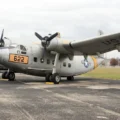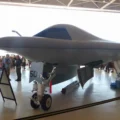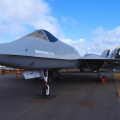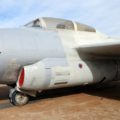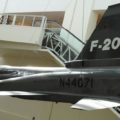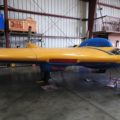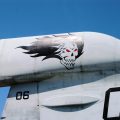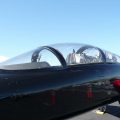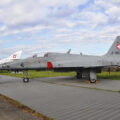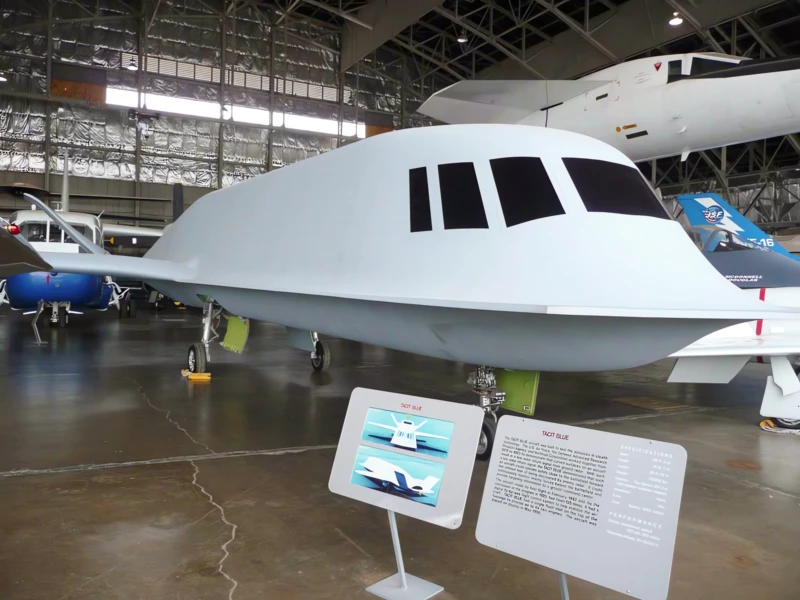
Northrop Tacit Blue | |
|---|---|
| Країні | Сша |
| Роль | Демонстратор стелсу |
| Перший політ | 5 лютого 1982 |
| Побудований | 1 |
У 201 Нортроп тайцит синій був літаком-демонстратором технологій, створеним для демонстрації того, що малопомітний стелс-розвідувальний літак з низькою ймовірністю перехоплення радара та інших датчиків може діяти близько до передньої лінії бою з високим ступенем живучості.
Джерело: Northrop Tacit Blue у Вікіпедії
| Прогулянка Northrop Tacit Blue навколо | |
|---|---|
| Фотографів | Джон Хек, Володимир Якубов |
| Локалізацією | Незнай |
| Фото | 64 |
Читайте також:
Нортроп Тацит Блуe was a technology demonstrator aircraft developed by Northrop Corporation in the 1970s and 1980s. It was designed to test the concept of a stealthy reconnaissance aircraft that could operate close to the enemy’s air defenses and provide real-time battlefield intelligence. The aircraft had a distinctive shape that resembled a whale, with a rounded nose, a single large cockpit window, and a straight tapered wing. The aircraft was powered by two General Electric YF-118G turbofan engines mounted on either side of the fuselage. The aircraft used a quadruply redundant fly-by-wire system and a digital flight control computer to compensate for its aerodynamic instability. The aircraft also featured a low-probability-of-intercept radar and a passive infrared sensor for its reconnaissance mission.
The Tacit Blue project was initiated in 1976 as part of the Defense Advanced Research Projects Agency’s (DARPA) Battlefield Surveillance Aircraft-Experimental (BSAX) program. The program aimed to develop a stealthy aircraft that could penetrate deep into enemy territory and provide continuous surveillance of ground targets. Northrop was awarded the contract to build two prototype aircraft, designated ХСТ-Б І ХСТ-А. The first flight of the XST-B took place on February 5, 1982, at Groom Lake, Nevada. The aircraft was later renamed Tacit Blue to avoid confusion with Lockheed’s XST-A, which became the F-117 Nighthawk. The Tacit Blue flew 135 missions over a period of three years, demonstrating its low observability, survivability, and controllability. The program was declassified in 1996 and the sole surviving aircraft is now on display at the National Museum of the United States Air Force in Dayton, Ohio.
Переглядів : 2338


